|
Fill in the blanks: The five dynasties of the Delhi Sultanate included the Mamluks, Khiljis, Tughlaqs, Sayyids, and ___. |
Card: 1 / 22 |
|
True or False: The average reign of sultans during the Delhi Sultanate was over 20 years. |
Card: 3 / 22 |
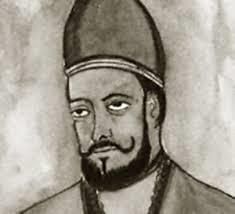 False. The average reign lasted about nine years due to frequent violent successions. |
Card: 4 / 22 |
|
Fill in the blank: The Mughal Empire was established in 1526 after Babur's victory over Ibrahim Lodi at the ___ Battle of Panipat. |
Card: 5 / 22 |
|
What administrative system did Akbar introduce to ensure efficient governance in the Mughal Empire? |
Card: 7 / 22 |
|
Akbar introduced the Mansabdari system, which assigned ranks to officers based on their military command and required them to maintain troops. |
Card: 8 / 22 |
|
True or False: Aurangzeb's policies included the reimposition of the jizya tax on non-Muslims. |
Card: 9 / 22 |
 Unlock all Flashcards with EduRev Infinity Plan Starting from @ ₹99 only
|
|
Temples enhanced medieval India's economy.
|
Card: 12 / 22 |
|
What was one of the main reasons for the resistance against the Mughal Empire by the Rajputs? |
Card: 13 / 22 |
|
The Rajputs resisted Mughal rule to maintain their independence and protect their cultural identity. |
Card: 14 / 22 |
|
Riddle: I was a great Mughal emperor who abolished the jizya tax and promoted peace among religions. Who am I? |
Card: 15 / 22 |
|
Fill in the blank: The Ahom kingdom, known for its resilience against invasions, is located in the ___ Valley. |
Card: 17 / 22 |
|
The decline was hastened by Timur's invasion, which resulted in mass destruction and political chaos in Delhi. |
Card: 20 / 22 |
|
Describe the impact of the Vijayanagara Empire on South Indian culture during its peak. |
Card: 21 / 22 |
|
Vijayanagara enriched South Indian culture.
|
Card: 22 / 22 |





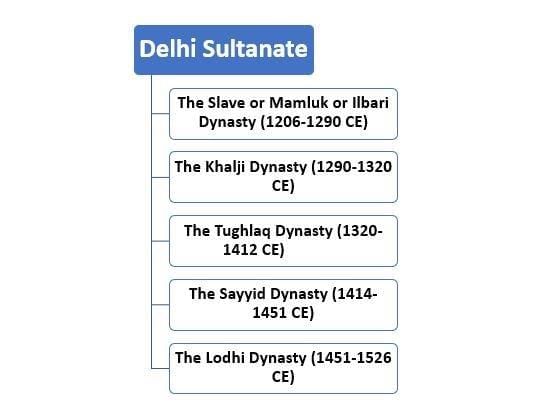
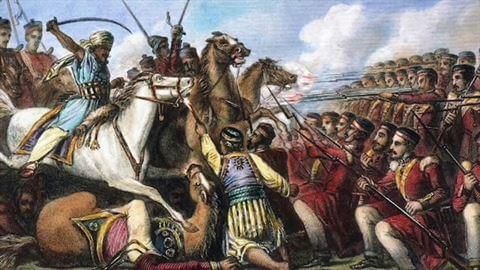
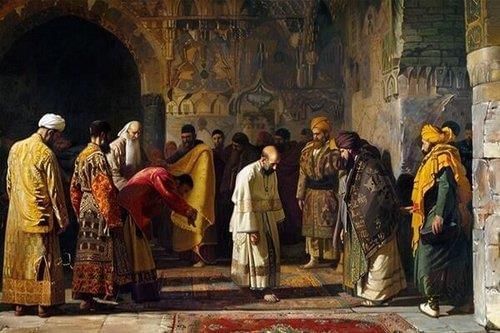
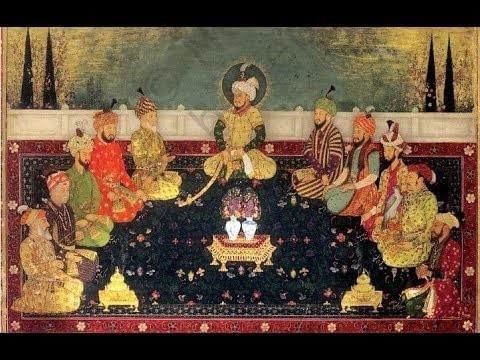
 Brahmaputra
Brahmaputra



















